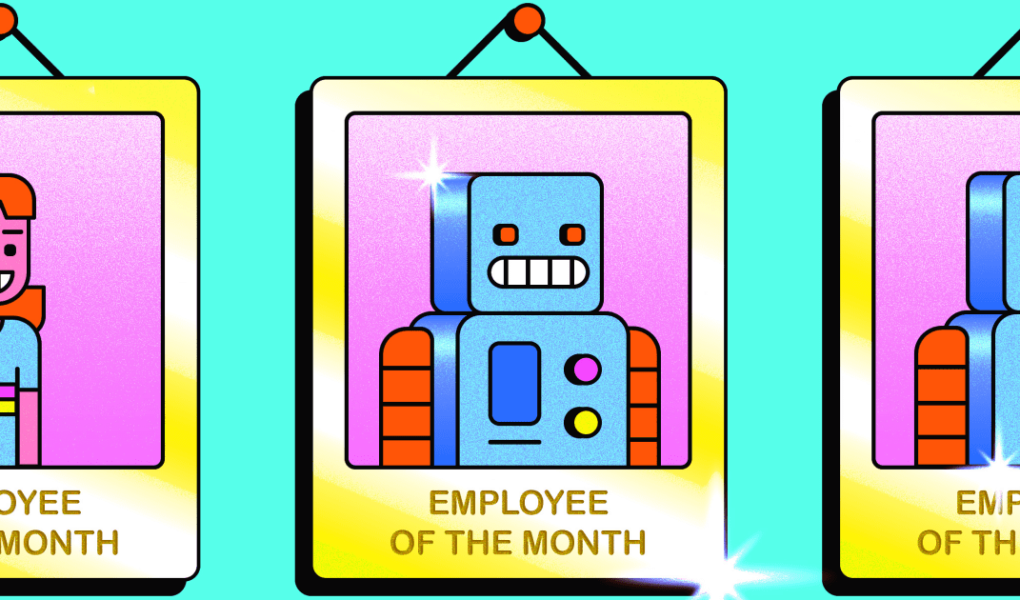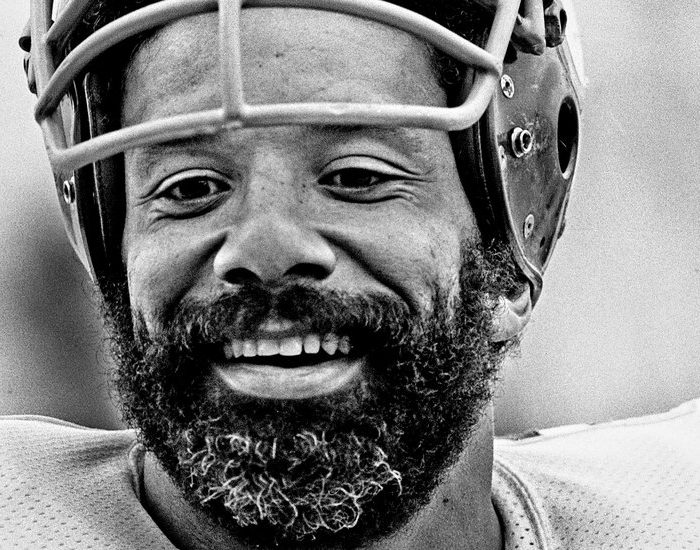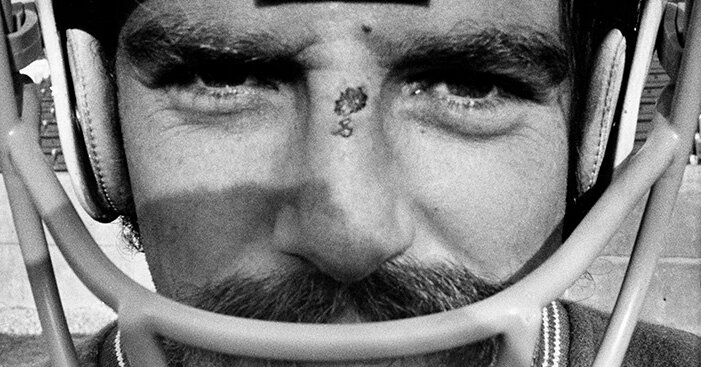Top Stories
Does your state have abortion restrictions? See our breakdown of each state’s rules
- June 30, 2022
- by Associated Press
- 0 Comments
- Less than a minute
Top Stories
Our editors’ favorite smartwatches of 2025
- April 18, 2024
- by Associated Press
- 0 Comments
- 11 minutes read
Top Stories
The best foods for hungry, growing kittens, according to vets
- May 9, 2024
- by Associated Press
- 0 Comments
- 19 minutes read
Top Stories
Whole body deodorant vs. regular deodorant: What’s the difference?
- June 13, 2024
- by Associated Press
- 0 Comments
- 13 minutes read
Top Stories
Does your cat need to eat wet food? Vets explain
- January 17, 2025
- by Associated Press
- 0 Comments
- 17 minutes read
Top Stories
Map: Track the spread of measles in the U.S.
- April 1, 2025
- by Associated Press
- 0 Comments
- Less than a minute
Top Stories
Does your state have abortion restrictions? See our breakdown of each state’s rules
- June 30, 2022
- by Associated Press
- 0 Comments
- Less than a minute

Whole body deodorant vs. regular deodorant: What’s
- June 13, 2024

Does your cat need to eat wet
- January 17, 2025

Map: Track the spread of measles in
- April 1, 2025

Does your state have abortion restrictions? See
- June 30, 2022
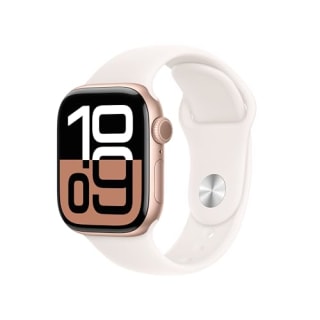
Our editors’ favorite smartwatches of 2025
- April 18, 2024
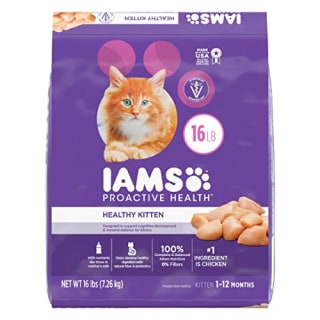
The best foods for hungry, growing kittens,
- May 9, 2024

Whole body deodorant vs. regular deodorant: What’s
- June 13, 2024

Does your cat need to eat wet
- January 17, 2025

Map: Track the spread of measles in
- April 1, 2025

Does your state have abortion restrictions? See
- June 30, 2022

Our editors’ favorite smartwatches of 2025
- April 18, 2024

The best foods for hungry, growing kittens,
- May 9, 2024
Business
- April 30, 2025
Do CEOs Dare Risk Tariff Transparency, and
- April 28, 2025
Sweetgreen’s CEO on Robots, RFK Jr. and
Top Stories
See MoreUpcoming Games
- June 7, 2025
Frank Graham Jr., Who Wrote About
- June 3, 2025
Jim Marshall, Iron Man Defensive End
- June 2, 2025
Jim Irsay, Colts Owner and CEO,
- May 17, 2025
Steve Kiner, Linebacker Who Was Open
- April 24, 2025
Steve McMichael, Hall of Fame Tackle
Real Estate
See More- April 26, 2025
Who Has to Get Rid of Radon: Me or My HOA?
- May 8, 2025
Where Can Younger Buyers Afford Homes?
Movies
See More- June 20, 2025
‘How to Train Your Dragon’ | Anatomy of a Scene
- June 18, 2025
‘The Life of Chuck’ | Anatomy of a Scene
- June 13, 2025







